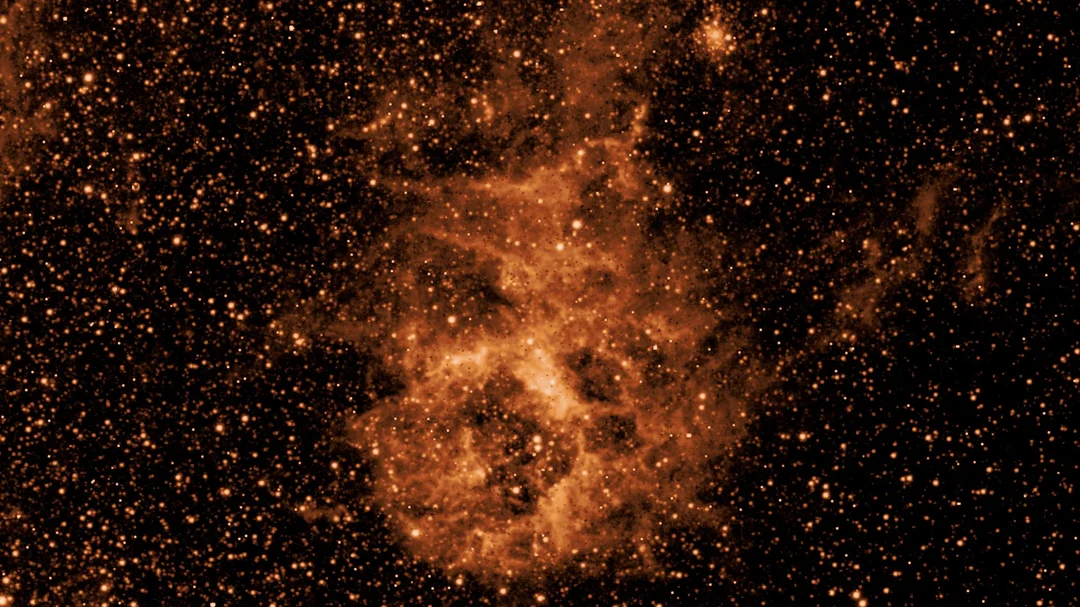
NASA’s SPHEREx Unveils Hidden Colors of the Universe: A New Era in Cosmic Exploration
Imagine a universe painted with colors beyond human perception. Thanks to NASA's SPHEREx (Spectro-Photometer for the History of the Universe, Epoch of Reionization and Ices Explorer) space telescope, that vision is becoming a reality. Launched to map the entire sky in 102 different infrared colors, SPHEREx has already begun to revolutionize our understanding of the cosmos, revealing 102 new colors hidden in the most distant galaxies.
But SPHEREx is more than just a cosmic artist. It's a detective, uncovering the chemical fingerprints of galaxies, stars, and planets to piece together their history and composition. This unique approach, unlike traditional telescopes that focus on visual imagery, allows SPHEREx to act as a "cosmic spectrometer," transforming the universe into a symphony of colors that reveal unprecedented facts.

How does SPHEREx work? Think of it as a heat-vision mapmaker. SPHEREx scans the sky using 102 spectral filters, each sensitive to tiny variations of infrared light, capturing the heat signatures of celestial objects. This innovative method allows it to peer deep into space and far back in time, gathering data across the entire sky.
The ambition is staggering. SPHEREx aims to map approximately 450 million galaxies multiple times during its two-year mission. By repeating these scans, scientists can analyze shifts in the data, revealing how the universe is evolving, even in its most remote regions.
Launched in March atop a Falcon 9 rocket, SPHEREx commenced its science operations on May 1st, after a period of instrument calibration and checkout. Jamie Bock, SPHEREx principal investigator from Caltech and NASA's Jet Propulsion Laboratory (JPL), stated, "The performance of the instrument is as good as we hoped. That means we’re going to be able to do all the amazing science we planned on and perhaps even get some unexpected discoveries."
One of the first images released by NASA showcased a collection of dust within the Large Magellanic Cloud, a nearby dwarf galaxy. Capturing this cloud in multiple wavelengths of infrared light underlines the telescope's ability to discern each component by seeing which wavelength it absorbed or emitted.

Beyond colors, SPHEREx is on the hunt for something even more profound: water, ice, and the building blocks of life in the most distant galaxies. It focuses on mapping "cosmic ices" – frozen water, methane, carbon dioxide, and organic molecules – found in interstellar clouds, planetary discs, and comets. By mapping these regions, SPHEREx seeks to understand how these essential elements were distributed throughout the cosmos and how they contributed to the formation of planetary systems, hinting at the origins of life itself.
Shawn Domagal-Goldman, acting director of the Astrophysics Division at NASA Headquarters in Washington, emphasizes the significance of SPHEREx in the larger context of NASA's space-based astrophysics missions. "This new observatory is adding to the suite of space-based astrophysics survey missions leading up to the launch of NASA’s Nancy Grace Roman Space Telescope."
Even the logistics of transmitting the massive amounts of data collected by SPHEREx are impressive. The telescope sends down around 20 gigabytes of data each day through NASA's Near Space Network, relying on upgraded antennas in locations like Antarctica to ensure efficient data transfer.
In conclusion, SPHEREx is more than just a telescope; it is a window into the unseen, a key to unraveling the mysteries of the universe's origins, and a testament to human ingenuity. What untold secrets will SPHEREx reveal in the coming months?
Share your thoughts on this groundbreaking mission in the comments below! What potential discoveries excite you the most?